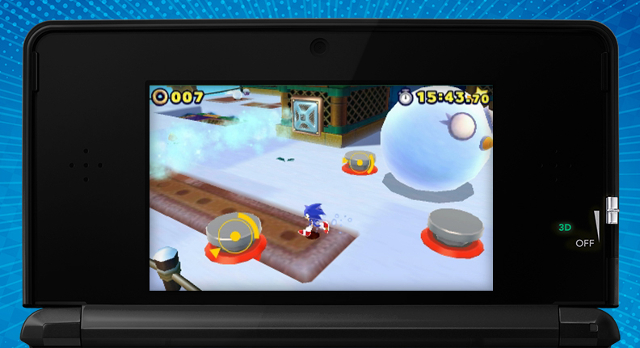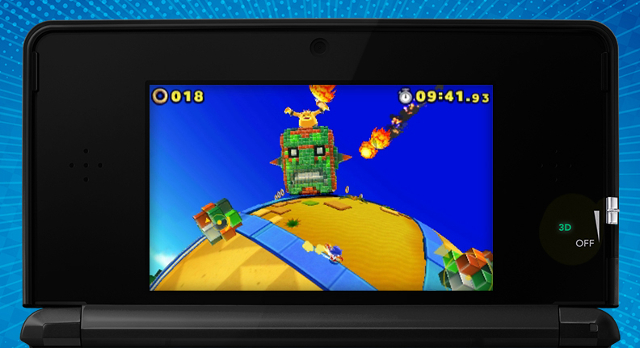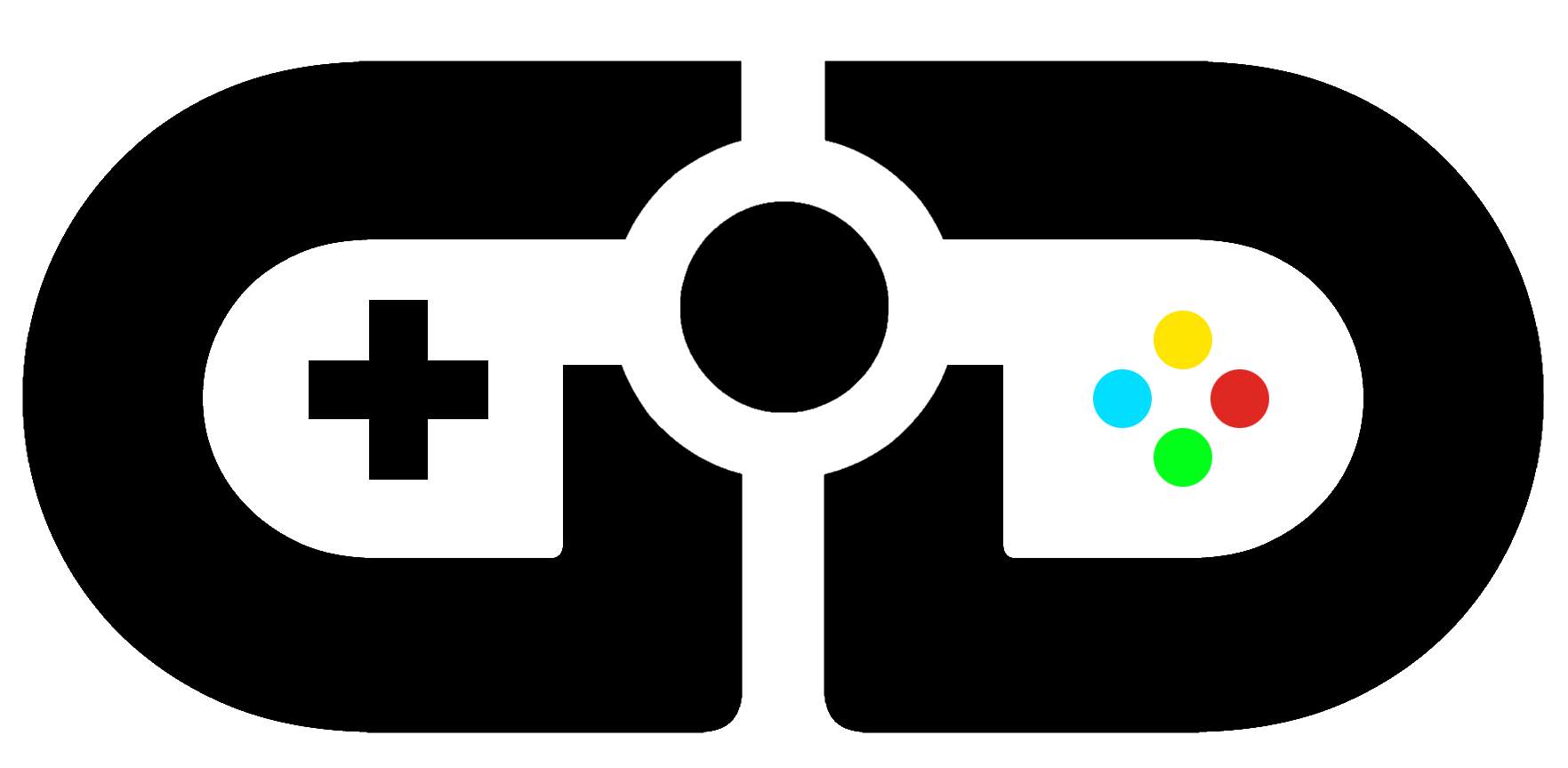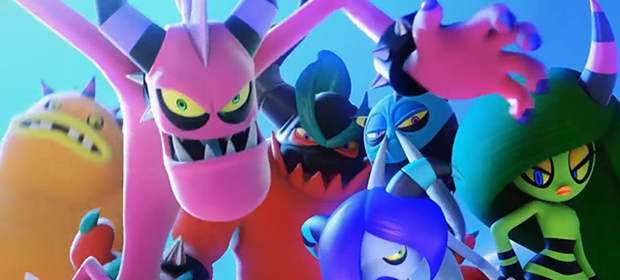Poor Sonic The Hedgehog. Once the darling of the 16-bit generation, the red-booted hog has had a crisis of consistency over the past decade and a half. SEGA’s attempts to keep Sonic relevant have led to many hits and misses over the years, leading to the invention of the Sonic Cycle – a term defining the constant expectation and disappointment from each new game in the series. However, with titles such as Sonic Colors and Sonic Generations proving to be popular in recent years, that cycle may have been bent, if not broken entirely.
But we’re here to talk about Sonic’s latest appearance, not to wallow in the past. Sonic Lost World mirrors the events of the Wii U version: Dr. Eggman (He’s still Robotnik to me, damnit!) is trying once more to take over the world, this time by using one of his contraptions to enslave The Deadly Six, six villainous creatures from the Zeti race. These beings begrudgingly act as Eggman’s pawns, until Sonic (in his usual hotheaded way), destroys Eggman’s machine, freeing The Deadly Six and causing a greater catastrophe in the process. Now Sonic and Tails must do the unthinkable and team up with Eggman to save the world from the Zeti. As Sonic narratives go, it’s better than usual. The game is filled with FMV cutscenes to accompany the action, and the dialogue is actually decent. Sure, it’s not going to win any writing awards, but it does what it needs to do. More importantly, the narrative isn’t as annoying as in previous games.

All the worlds from the Wii U version are here (and the controls are almost the same), but the level design and boss battles are completely different. In an unusual move, Sonic doesn’t run fast automatically; you are now required to hold down the right shoulder button to make use of Sonic’s famous speed.
This change seems like an odd one at first, but eventually it starts to make sense. It used to be that the classic 16-bit Sonics were never about going fast all the time – going fast was a reward, and this new control scheme has brought that element back to the series. Add the fact that Sonic can now run up sheer walls and climb over obstacles, and you realise that this hedgehog has finally been updated in a way that makes total sense. Yes, there are times when you go fast but, once again, you’re being asked to balance that speed with control and patience – a good thing for the series. The only issue with these controls is that holding the 3DS’ R button for lengthy periods isn’t exactly the most comfortable thing to do, but that’s more of an issue with the hardware than the game itself.
Taking a cue from Sonic Generations, Lost World also mixes up the viewpoint of the levels themselves. Some levels take a slightly open, Super Mario 3D Land approach to design, introducing simple puzzles to the Sonic formula, mainly revolving around hitting switches or defeating all the enemies in an area to proceed. Other levels are more linear and almost cylindrical in design, requiring you to traverse them while avoiding enemies and environmental hazards. Finally, there are some classic 2D-style levels in there as well, which play very well. Boss fights also fit into one of these three categories.

Sadly, the regular enforcement of gyro controls don’t work quite so well. There are certain abilities and levels that require you to tilt your 3DS console, and some that require you to move the handheld around you in 360 degrees. Even the Special Stages require you to move the 3DS to fly around and collect Orbs. There are no alternative controls, either. You can choose to skip the Special Stages, but you’ll have to unlock them again (by finishing a level with 50 rings) and play them later or you can’t get the Chaos Emerald. Other stages can’t be skipped – I couldn’t progress through the game at some points simply because I was playing in public (as many 3DS owners do) and couldn’t swing my 3DS around like an idiot. It’s an utterly unfathomable design decision and at times it could have an affect on your enjoyment of the game.
But gyro woes aside, there are moments where Lost World really is a return to form. Classic power-ups like the Lightning and Fire shields from Sonic 3 return, while the Wisp abilities from Sonic Colors are back, joined by some new Remote Control power-ups that can be crafted by Tails, using resources earned by completing each level. These power-ups are needed at times, because Lost World can be genuinely tough – although that’s sometimes due to some unfair gameplay elements. Sonic has a homing attack that now automatically hits up to three enemies in a row, but more often than not, this ability will throw you into an enemy with spikes that hurt you when you hit it (unless you stun them with Sonic’s new somersault attack). What’s more, it isn’t always clear which enemies are spiky because of the small screen size, which leads to a few unfair deaths. Bosses also take an unnecessary length of time to destroy, taking far too much damage before they croak while not switching up their attack patterns enough to make the lengthy battles interesting.

But, despite these annoyances, Lost World looks and feels like a Sonic game should, which, of course, extends to the soundtrack. You’ve got your typically bouncy tunes that effectively bring back the feeling of those 16-bit games, especially when combined with character, level and enemy designs that are clearly inspired by the series’ history. As mentioned before, it can be difficult to see some things on the small screen, but the visuals of the Wii U have been transplanted well to the 3DS. My only gripe is with the FMV cutscenes, which have been horribly compressed to a blocky mess (though they do look slightly sharper when the 3D slider is turned up). Thesequences themselves are actually pretty decent, with well-written dialogue that didn’t make me want to skip them immediately.
VERDICT: SEGA and Dimps have done an exceptional job in recapturing what makes a Sonic game work. The fact that they’ve done this, while creating that game for a handheld system, makes Lost World all the more impressive.
There are faults, however, such as a few terrible design decisions that can make things incredibly frustrating on occasion. However, if you can get past those issues, you’ll see a game that picks some of the best elements of modern and classic Sonic games and combines them with new elements to make the Blue Blur feel fresh again. In short: this is the handheld Sonic game that fans have been waiting for. The Sonic Cycle has been broken.

VERY GOOD. An 8/10 is only awarded to a game we consider truly worthy of your hard-earned cash. This game is only held back by a smattering of minor or middling issues and comes highly recommended.





